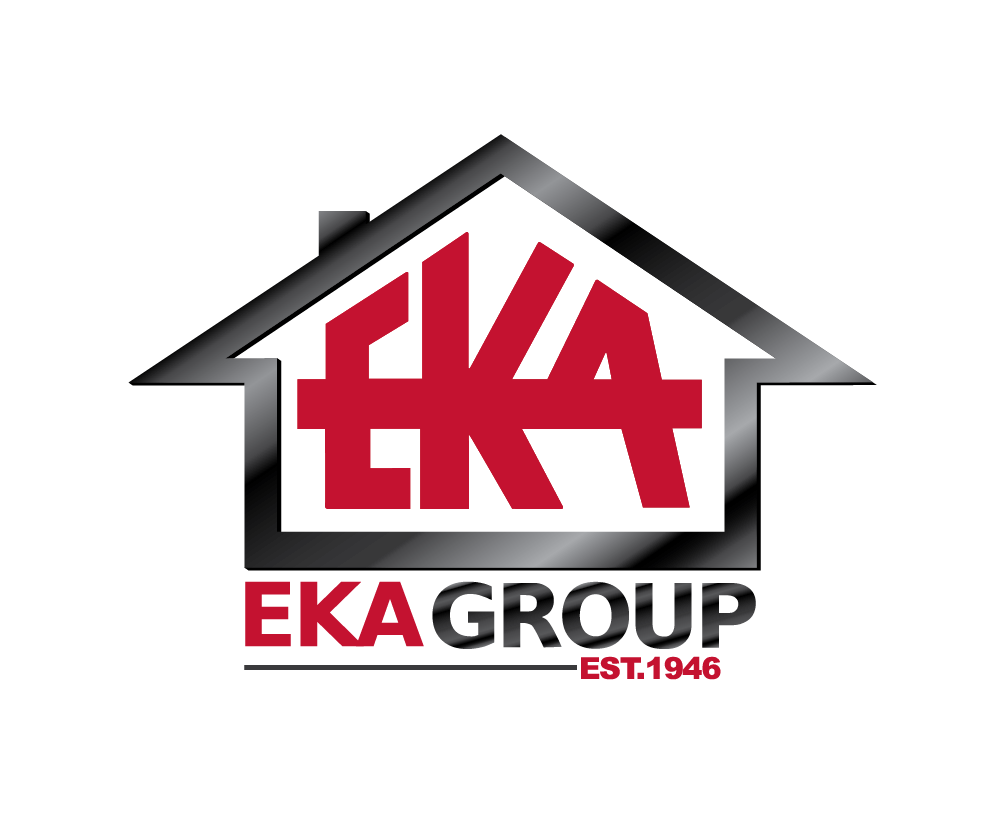
Why Solarium Tanning Beds Are the Future of Indoor Sunbathing
The increasing popularity of Solarium Tanning Beds reflects a significant shift in consumer preferences towards safer and more efficient indoor sunbathing options. According to a report by the International Smart Climate Group, the global tanning bed market is expected to grow at a CAGR of 6.4% from 2021 to 2028, fueled by innovations in technology that enhance user experience and health safety. Additionally, a study published in the Journal of Dermatological Science indicated that, when used responsibly, Solarium Tanning Beds can provide a controlled environment for obtaining vitamin D, which approximately 50% of the global population is deficient in. As consumers become more conscious of skin health and the importance of UV exposure in moderation, these advanced tanning solutions are positioned to thrive in the burgeoning wellness market.
Benefits of Solarium Tanning Beds for Indoor Sunbathing
The revival of solarium tanning beds among Gen Z has sparked a heated debate, especially as health experts continue to sound alarms about the risks associated with UV exposure. Despite increased awareness of the potential dangers, particularly skin cancer, many young individuals embrace tanning beds for that coveted bronzed look, often tuning out warnings from dermatologists. A report highlights that 90% of skin cancers are linked to UV exposure, emphasizing the importance of awareness in choosing indoor sunbathing options.
Interestingly, some proponents of solarium tanning beds argue that they can provide mental health benefits, contrasting Eczema sufferers who seek UV light therapy for relief. Yet, medical professionals caution that while controlled exposure may have some benefits, the risks often outweigh them, especially for those with pre-existing skin conditions. Reports indicate that around 10% of users develop skin issues, further complicating the narrative around the perceived safety and benefits of indoor tanning.
As the trend continues to gain traction, it raises critical questions about the balance between aesthetic desires and health safety.
Technological Innovations in Modern Tanning Beds
The advancement of technology has transformed the indoor tanning industry, leading to the emergence of innovative solarium tanning beds. Modern tanning beds now integrate sophisticated features such as smart controls, customizable settings, and enhanced UV filtration systems. These enhancements not only improve the tanning experience but also prioritize safety, allowing users to achieve their desired tan with reduced risk of skin damage.
One of the most exciting innovations is the incorporation of skin sensors that assess an individual's skin type and provide personalized tanning recommendations. Additionally, many new models are equipped with LED technology, which offers a more efficient and even tanning process. This not only ensures a more natural-looking tan but also minimizes the time spent in the tanning bed. As consumers become more health-conscious, these technological advancements in solarium tanning beds make indoor sunbathing a modern and appealing choice for achieving that sun-kissed glow without compromising safety.
Safety Features of Solarium Tanning Beds Explained
Solarium tanning beds are revolutionizing the indoor sunbathing experience with advanced safety features designed to protect users while delivering an effective tan. According to the 2022 report from the Indoor Tanning Association, modern solarium beds are equipped with built-in UV sensors that monitor exposure levels, ensuring users remain within recommended limits. These innovations help mitigate risks associated with tanning, such as skin damage and overexposure, which have been significant concerns in the past.
To maximize safety while using solarium tanning beds, users should always wear protective eyewear that blocks UV rays. Furthermore, a recent survey indicated that 78% of frequent tanners reported using moisturizers specifically designed for tanning, which can help maintain skin hydration and reduce the risk of peeling.
Additionally, it's crucial to set a timer for each session based on individual skin type and the bed's specifications. Experts recommend starting with shorter sessions, especially for those new to indoor tanning. Implementing these tips can transform tanning into a safer, more enjoyable experience, making solarium tanning a go-to option for sunbathing enthusiasts.
Comparison of Solarium Tanning Beds vs. Traditional Sunbathing
When comparing solarium tanning beds to traditional sunbathing, several factors make the former increasingly appealing. Solarium tanning beds offer controlled exposure to UV light, allowing users to achieve a bronze glow without the unpredictability of weather or environmental factors. Unlike sunbathing, which can lead to uneven tan lines and overexposure risks, tanning beds provide a consistent and uniform tanning experience. Additionally, solarium tanning beds often incorporate advanced technologies that can enhance skin conditioning and even feature built-in timers to prevent overuse, promoting safer tanning practices.
Tips: When using tanning beds, always wear protective eyewear to shield your eyes from harmful UV rays. Ensure that you apply a suitable tanning lotion designed for indoor tanning, which can help maximize results and hydrate your skin. Also, maintain a regular schedule to achieve the best results, as consistency is key to developing a lasting tan without sun damage.
In stark contrast, traditional sunbathing comes with its own set of challenges, such as the risks of sunburn and skin damage from prolonged exposure to the sun. Weather conditions can also dictate when and where one can sunbathe. Furthermore, with growing concerns about skin cancer and premature aging, many individuals are rethinking their approach to tanning. Solarium tanning beds provide a safer alternative, combining convenience with effective results that cater to the modern individual's lifestyle.
Demystifying the Myths Surrounding Indoor Tanning Solutions
As indoor tanning solutions gain popularity, numerous myths continue to cloud public perception. One common misconception is that all tanning beds are equally harmful; however, advancements in technology have led to safer tanning options that utilize controlled UV exposure. Innovations in solarium tanning beds focus on delivering a more balanced spectrum of light, reducing the risk of sunburn and skin damage typically associated with traditional tanning methods.
Another prevalent myth is that indoor tanning can contribute to Vitamin D deficiency. In fact, responsibly used tanning beds can play a role in Vitamin D synthesis, especially during months when natural sunlight is scarce. By demystifying these misconceptions, potential users can make informed decisions about their sunbathing choices, embracing the benefits of modern tanning solutions while staying safe.

